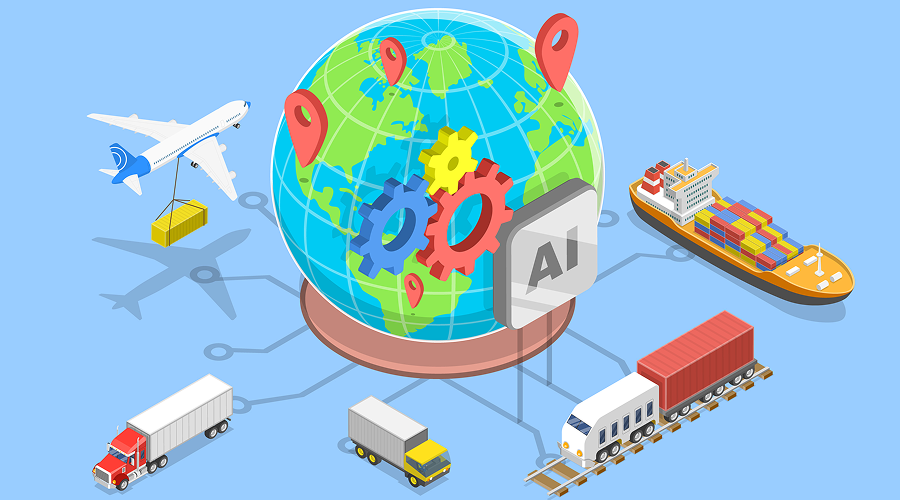Japanese Companies' Entry into Foreign Markets and the Importance of Export Customs Clearance

Introduction
When Japanese companies enter foreign markets, export customs clearance is an unavoidable and crucial process. This article explains the basics of export customs clearance procedures, the necessary documents, and the role of customs brokers.
Importance of Export Customs Clearance Procedures
When exporting goods overseas, customs clearance by the customs authorities is mandatory. Export customs clearance procedures mean obtaining permission from the head of customs after completing legal procedures, allowing the cargo to pass through customs. Neglecting these procedures could result in the goods being considered smuggled.
Required Documents
Several important documents are needed for export customs clearance. The main ones include:
- Invoice: A document showing transaction details, including sender and recipient information, product details, quantity, and price.
- Packing List: Shows how the goods are packed and includes details like the number of items, weight, and volume.
- Shipping Instructions: Contains information for forwarders or shipping companies to create bills of lading or air waybills.
- Power of Attorney: A document required when dealing with customs brokers, typically prepared by the brokers themselves.
Export Customs Clearance Procedure
The export customs clearance procedure follows these steps:
-
Shipping of Goods: This is the process where products are manufactured or prepared and shipped for export. Here, the goods are properly packed and prepared for transportation.
-
Procedures Based on Other Laws: Depending on the goods being exported, additional procedures based on specific laws and regulations may be required. For example, certain technologies or products may require an export license.
-
Export Declaration: Exporters declare the goods to customs, including details about the products, their value, and destination. In Japan, this is done electronically through the NACCS (Nippon Automated Cargo and Port Consolidated System).
-
Inspection: Customs examines the submitted documents to ensure the export complies with laws and regulations. Additional information may be requested at this stage if necessary.
-
Physical Inspection: Customs may conduct physical inspections as needed to verify that the declared contents match the actual cargo.
-
Export Permission: Once the above procedures are completed and no issues are found, customs grants export permission. This officially allows the cargo to be exported.
-
Loading: After export permission is granted, the cargo is loaded onto ships or airplanes. Transport companies or forwarders typically handle this stage.
Authorized Economic Operator (AEO) System
There is also an "Authorized Economic Operator (AEO) System" to simplify export customs procedures. This system allows businesses with proper security management and compliance systems to receive special certification from customs, reducing procedures and costs related to exports.
Roles of Customs Brokers and Forwarders
In export operations, it's common to entrust customs procedures to professionals like customs brokers and forwarders. Customs brokers are well-versed in laws and regulations related to import and export, handling document preparation, declarations, and negotiations with customs. Forwarders handle cargo transportation arrangements, scheduling, and preparing necessary documents. These experts are essential for smooth export procedures.
Conclusion
Export customs clearance is a complex and important process for Japanese companies entering foreign markets. Proper preparation of documents, understanding procedures, and utilizing experts are key to success. This article aims to help understand the basics of export customs clearance and support efficient overseas expansion.








